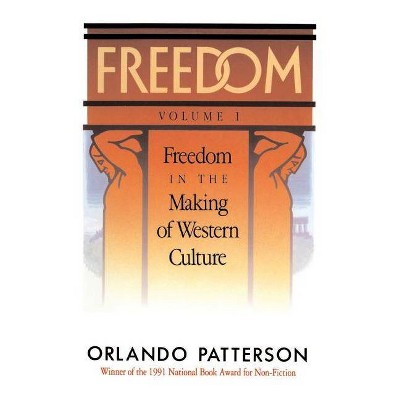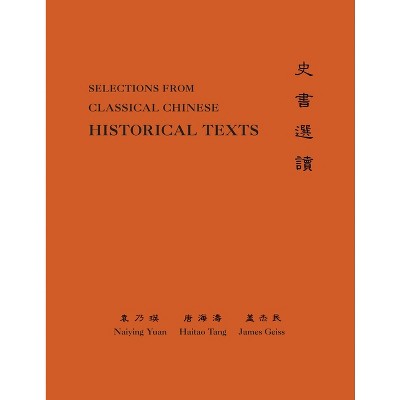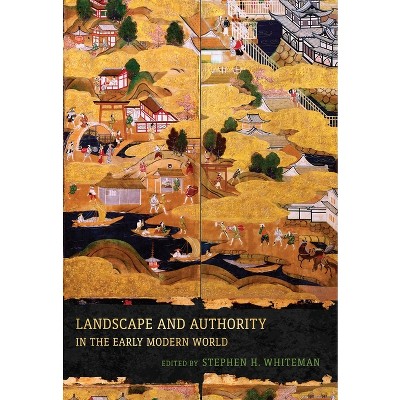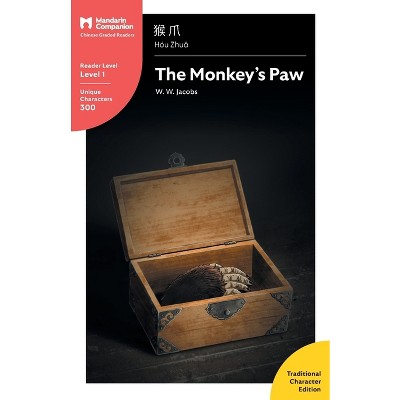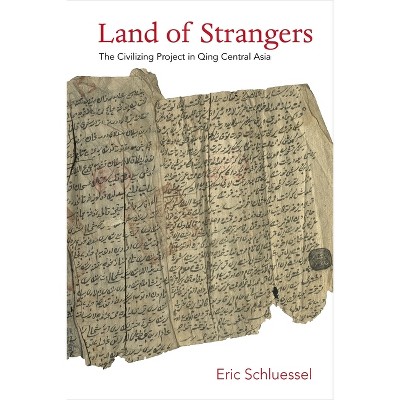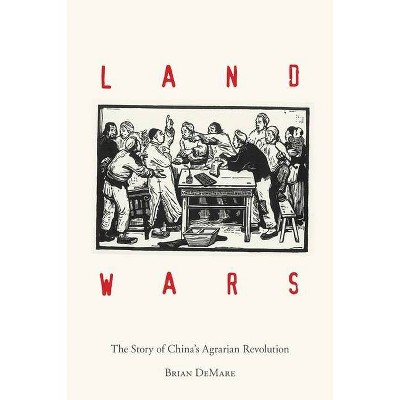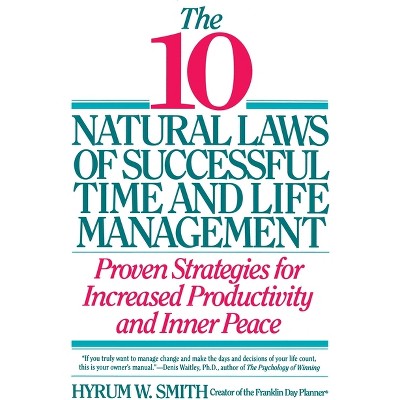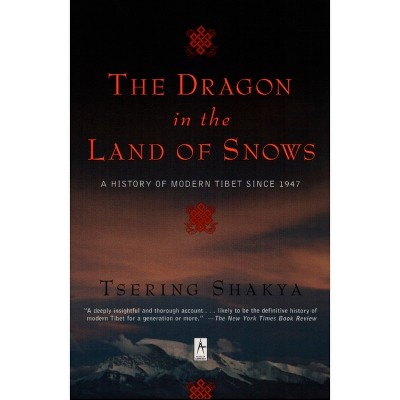Sponsored

Laws of the Land - by Tristan G Brown
$29.95
Pre-order
Eligible for registries and wish lists
Sponsored
About this item
Highlights
- A groundbreaking history of fengshui's roles in public life and law during China's last imperial dynasty Today the term fengshui, which literally means "wind and water," is recognized around the world.
- About the Author: Tristan G. Brown is assistant professor of history at the Massachusetts Institute of Technology.
- 356 Pages
- History, Asia
Description
About the Book
"A groundbreaking history of Fengshui's roles in public life and law during China's last imperial dynastyToday the term Fengshui, which literally means "wind and water," is recognized around the world. Yet few know exactly what it means, let alone its fascinating history. In Laws of the Land, Tristan Brown tells the story of the important roles-especially legal ones-played by Fengshui in Chinese society during China's last imperial dynasty, the Manchu Qing (1644-1912).Employing archives from Mainland China and Taiwan that have only recently become available, this is the first book to document Fengshui's invocations in Chinese law during the Qing dynasty. Facing a growing population, dwindling natural resources, and an overburdened rural government, judicial administrators across China grappled with disputes and petitions about Fengshui in their efforts to sustain forestry, farming, mining, and city planning. Laws of the Land offers a radically new interpretation of these legal arrangements: they worked. An intelligent, considered, and sustained engagement with fengshui on the ground helped the imperial state keep the peace and maintain its legitimacy, especially during the increasingly turbulent decades of the nineteenth century. As the century came to an end, contentious debates over industrialization swept across the bureaucracy, with fengshui invoked by officials and scholars opposed to the establishment of railways, telegraphs, and foreign-owned mines.Demonstrating that the only way to understand those debates and their profound stakes is to grasp fengshui's longstanding roles in Chinese public life, Laws of the Land rethinks key issues in the history of Chinese law, politics, science, religion, and economics"--Book Synopsis
A groundbreaking history of fengshui's roles in public life and law during China's last imperial dynasty
Today the term fengshui, which literally means "wind and water," is recognized around the world. Yet few know exactly what it means, let alone its fascinating history. In Laws of the Land, Tristan Brown tells the story of the important roles--especially legal ones--played by fengshui in Chinese society during China's last imperial dynasty, the Manchu Qing (1644-1912). Employing archives from Mainland China and Taiwan that have only recently become available, this is the first book to document fengshui's invocations in Chinese law during the Qing dynasty. Facing a growing population, dwindling natural resources, and an overburdened rural government, judicial administrators across China grappled with disputes and petitions about fengshui in their efforts to sustain forestry, farming, mining, and city planning. Laws of the Land offers a radically new interpretation of these legal arrangements: they worked. An intelligent, considered, and sustained engagement with fengshui on the ground helped the imperial state keep the peace and maintain its legitimacy, especially during the increasingly turbulent decades of the nineteenth century. As the century came to an end, contentious debates over industrialization swept across the bureaucracy, with fengshui invoked by officials and scholars opposed to the establishment of railways, telegraphs, and foreign-owned mines. Demonstrating that the only way to understand those debates and their profound stakes is to grasp fengshui's longstanding roles in Chinese public life, Laws of the Land rethinks key issues in the history of Chinese law, politics, science, religion, and economics.Review Quotes
"Laws of the Land presents an elucidating narrative supported by rich sources and deep analysis, offering a vigorous historical landscape inwhich religious beliefs shaped law and litigation and were eventually reshaped by legal frameworks."---Liang Cai, The Review of Politics
"A truly fascinating legal history of the Qing Dynasty through examining the role of fengshui in understanding space."---Erik Loomis, Lawyers, Guns and Money
"Excellent . . . Meticulous and fascinating."---K.E. Stapleton, Choice
"It was not until the latter half of the 20th century that the introduction of anthropological perspectives and a critical reflection on Eurocentrism significantly reoriented the study of fengshui. This book can be seen as both a continuation and an expansion of this new direction. . . . [Its] most distinctive core historical sources are Qing-era county magistrate archives, particularly legal case records. This approach brings fengshui research into direct dialogue with legal history, generating fresh insights for both fields."---Du Zhengzhen, Legal History Studies
"This is a skillfully wrought study highlighting and probing the myriad intersections of popular fengshui beliefs, rituals, and practices with official Qing court procedures and deliberations; and with the environmental policies those courts fashioned, through their decisions, in pursuit of community justice and successful statecraft."---Vivienne Shue, Journal of Chinese History
"Tristan G. Brown's book Laws of the Land: Fengshui and the State in Qing Dynasty China breaks new ground in Chinese legal history. . . . [A] must-read."---Meng Zhang, American Historical Review
"Laws of the Land is a gripping, overdue study: enlightening, challenging, and utterly inspiring."---Wendy Xiaoxue Sun, Asian Review of Books
"[Laws of the Land] gives an excellent insight into fēngshuǐ during the Qīng. . . . [and] offers a fascinating lens into the broader Qīng religious landscape: Brown's use of legal cases successfully demonstrates the extent to which fēngshuǐ, and more broadly popular religion, is deeply and intricately embedded in everyday life."---Joseph Chadwin, Religious Studies Review
"[Laws of the Land] is carefully, thoughtfully, and elegantly crafted."---Hailian Chen, H-Water
"A Choice Outstanding Academic Title of the Year"
"Brown's study makes it possible to reconstruct what happened to the Chinese order in the period between the Industrial Revolution, the establishment of the capitalist model of production, and the global development of colonialism. The volume complements and enriches the work of economic historians such as Giovanni Arrighi, Kaoru Sugihara, Bin Wong, and Fernand Braudel."-- "Journal of Interdisciplinary History of Ideas"
"Winner of the Biannual Book Prize, International Society of Chinese Law and History"
"Winner of the John K. Fairbank Prize, American Historical Association"
"With Laws of the Land, Tristan G. Brown fundamentally reframes the debates over fengshui in the Qing. . . . This is an important provocation to historians of Chinese law, religion, and environment, and it should be widely read by students and scholars in those fields and in modern Chinese history more broadly."---Ian M. Miller, Twentieth-Century China
About the Author
Tristan G. Brown is assistant professor of history at the Massachusetts Institute of Technology.Dimensions (Overall): 9.21 Inches (H) x 6.14 Inches (W) x .8 Inches (D)
Weight: 1.11 Pounds
Suggested Age: 22 Years and Up
Number of Pages: 356
Genre: History
Sub-Genre: Asia
Publisher: Princeton University Press
Theme: China
Format: Paperback
Author: Tristan G Brown
Language: English
Street Date: December 9, 2025
TCIN: 1002522360
UPC: 9780691247175
Item Number (DPCI): 247-49-7211
Origin: Made in the USA or Imported
If the item details aren’t accurate or complete, we want to know about it.
Shipping details
Estimated ship dimensions: 0.8 inches length x 6.14 inches width x 9.21 inches height
Estimated ship weight: 1.11 pounds
We regret that this item cannot be shipped to PO Boxes.
This item cannot be shipped to the following locations: American Samoa (see also separate entry under AS), Guam (see also separate entry under GU), Northern Mariana Islands, Puerto Rico (see also separate entry under PR), United States Minor Outlying Islands, Virgin Islands, U.S., APO/FPO
Return details
This item can be returned to any Target store or Target.com.
This item must be returned within 90 days of the date it was purchased in store, shipped, delivered by a Shipt shopper, or made ready for pickup.
See the return policy for complete information.
Frequently bought together

$18.88
MSRP $27.00
Buy 2, get 1 free select books, music & movies
4.8 out of 5 stars with 571 ratings
Guests also viewed
Discover more options

$21.91
MSRP $28.00
Buy 2, get 1 free select books, music & movies
3.5 out of 5 stars with 2 ratings

